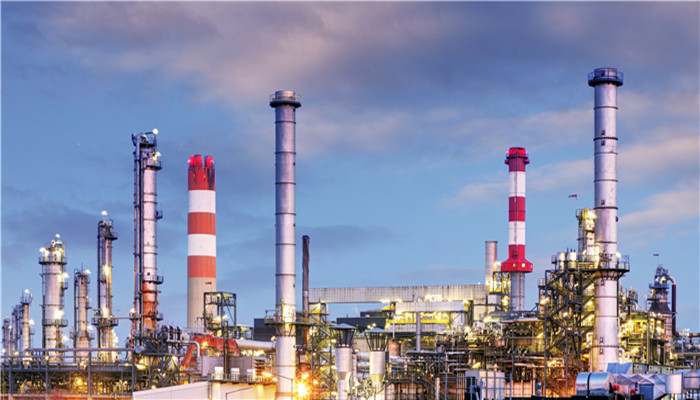
Polyvinylidene fluoride (PVDF) market demand is strong, but industry development faces challenges
Polyvinylidene fluoride (PVDF), also known as polyvinylidene fluoride, refers to a highly non-reactive thermoplastic fluoropolymer synthesized through the polymerization of 1,1-vinylidene fluoride. Polyvinylidene fluoride has the characteristics of both fluororesin and general-purpose resin, including resistance to UV radiation, anti-aging, corrosion resistance, etc., and is widely used in the field of engineering plastics.
The production processes of polyvinylidene fluoride include supercritical polymerization, suspension polymerization, solution polymerization and emulsion polymerization. The emulsion polymerization method is suitable for producing small particle size polyvinylidene fluoride. The suspension polymerization method uses deoxygenated and deionized high-purity water as the medium and organic peroxide as the initiator. After cleaning and drying, the polyvinylidene fluoride is finally produced. This method is suitable for the production of high-end large particle size polyvinylidene fluoride and has the above characteristics. It has the advantages of easy preparation and strong stability. At present, emulsion polymerization and suspension polymerization are the mainstream preparation processes for polyvinylidene fluoride that have achieved industrial mass production in the world.
The upstream of the polyvinylidene fluoride industry chain supplies raw materials, and 1,1-difluoro-1-chloroethane (R142b) is its main raw material. R142b is an ozone-depleting substance and can easily cause environmental pollution. At present, my country’s independent R142b production capacity is no longer allowed to be built, resulting in insufficient supply of raw materials. According to data from the “2022 Hydrochlorofluorocarbon Production Quota Review” released by the Ministry of Ecology and Environment, my country’s Dongyue Chemical and Sanmei Chemical’s production quotas accounted for 20.1% and 18.2% of the country’s total in 2022, showing a downward trend year by year. According to the “2022-2027 China Polyvinylidene Fluoride (PVDF) Industry Market In-depth Research and Development Prospects Forecast Report》shows that my country’s polyvinylidene fluoride production will reach 61,000 tons in 2021, a year-on-year increase of 23.6%. Although the production of polyvinylidene fluoride continues to grow, it is still unable to meet market demand.
The downstream of the polyvinylidene fluoride industry chain is in application fields, including aerospace, military industry, computers, wires and cables, batteries, etc. The lithium battery field is the largest demand end for polyvinylidene fluoride. Lithium-ion batteries have excellent performance and are in strong demand in the Chinese market. According to statistics from the Ministry of Industry and Information Technology, my country’s lithium-ion battery production reached 324.0GWh in 2021, a year-on-year increase of 106.0%. Polyvinylidene fluoride can be used to manufacture lithium battery positive electrode side coatings. Driven by market demand, the polyvinylidene fluoride industry has developed rapidly.
In terms of market competition, due to factors such as high technical barriers, there are few local polyvinylidene fluoride companies in my country, including Dongyue Chemical, Sanmei Chemical, etc. Overseas brands have long dominated my country’s polyvinylidene fluoride market, including France’s Arkema and Belgium’s Solvay.
Industry analysts said that polyvinylidene fluoride is widely used and has strong market demand. However, at present, there is still a certain gap between my country’s polyvinylidene fluoride production level and overseas developed countries, and demand relies on imports. In terms of raw materials, R142b, as the main raw material of polyvinylidene fluoride, is prone to environmental pollution. Under the restrictions of national environmental protection policies, production continues to decline, which will pose challenges to the development of my country’s polyvinylidene fluoride industry.

 微信扫一扫打赏
微信扫一扫打赏

